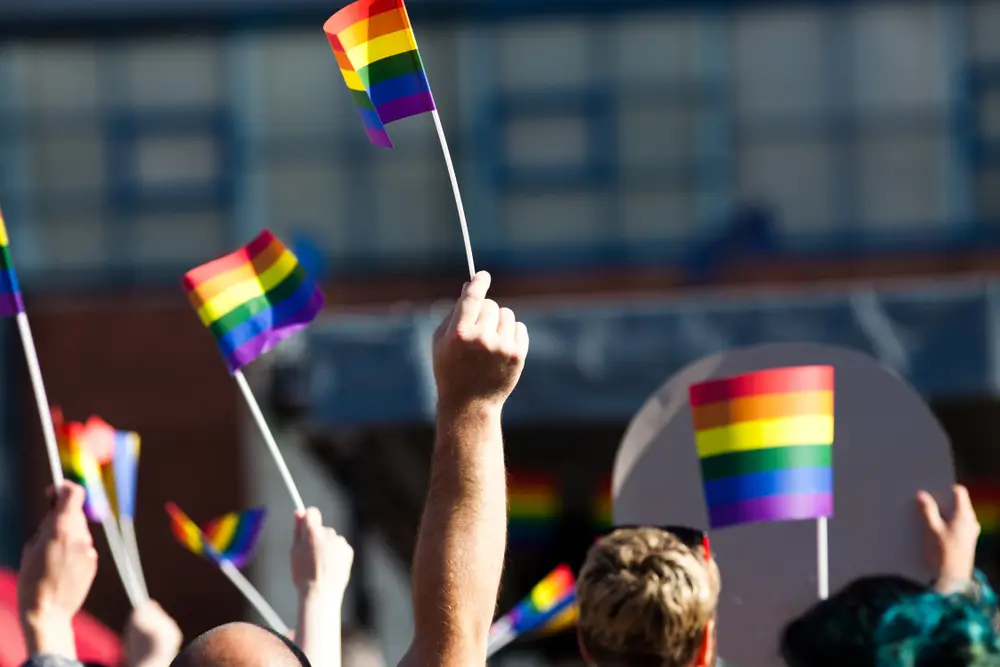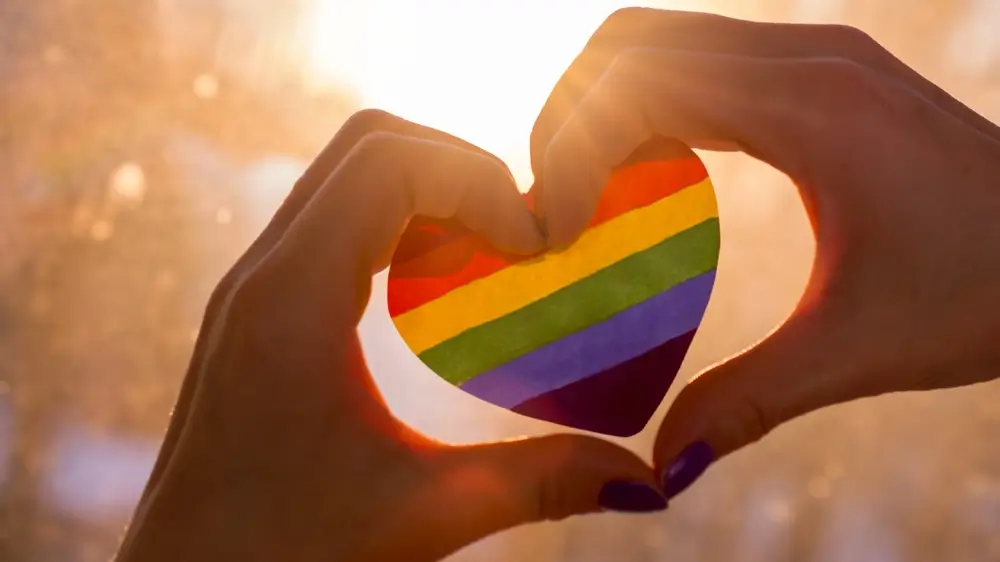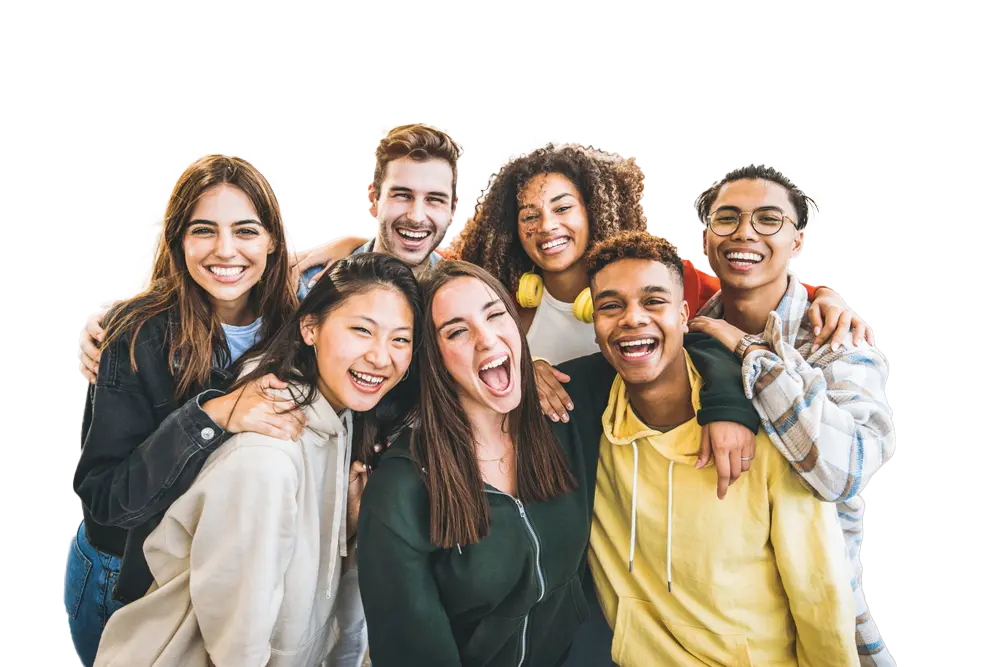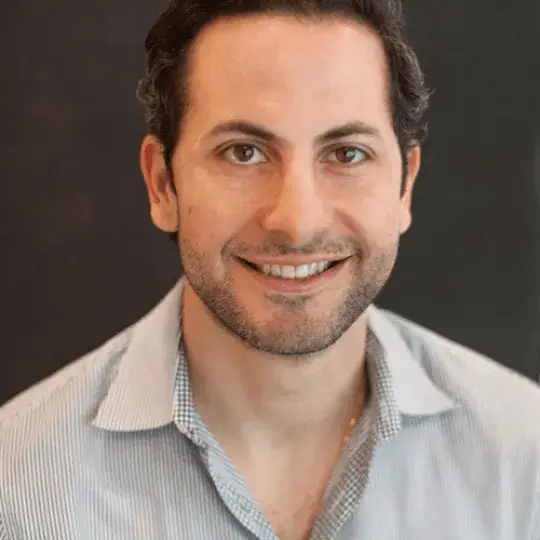Pride Month is celebrated every June. It is a vibrant and joyful occasion that honors the LGBTQ+ community and commemorates the ongoing struggle for equality and acceptance. From parades and festivals to educational events and parties, Pride Month is filled with activities that promote inclusivity and celebrate diversity. Here are ten fun and fascinating facts about Pride Month that you might not know:
1. Origins of Pride Month
Pride Month commemorates the Stonewall Riots, which began on June 28, 1969, in New York City. The riots were a series of spontaneous demonstrations by members of the LGBTQ+ community in response to a police raid at the Stonewall Inn, a gay bar in Greenwich Village. The raid was part of a broader pattern of harassment against LGBTQ+ establishments by law enforcement. That night, patrons of the Stonewall Inn and neighborhood residents fought back against the police, leading to six days of protests and clashes with law enforcement.
The bravery and resilience of the Stonewall participants galvanized the LGBTQ+ rights movement in the United States and around the world. A year later, on the first anniversary of the riots, the first Pride March was held in New York City, known as the Christopher Street Liberation Day March. This march set the precedent for annual Pride events worldwide. The Stonewall Riots are now recognized as a pivotal moment in the fight for LGBTQ+ rights and equality.

2. The Rainbow Flag
The rainbow flag is a universal symbol of LGBTQ+ pride. Designed by artist Gilbert Baker in 1978, the flag originally had eight colors, each representing a different aspect of the LGBTQ+ community. The colors stand for life (red), healing (orange), sunlight (yellow), nature (green), art (turquoise), harmony (blue), and spirit (violet). The color pink was originally included to represent sex, but it was later removed due to the unavailability of pink fabric.
Over the years, the flag has become a powerful emblem of LGBTQ+ identity and solidarity. It is flown at Pride events, displayed in homes and businesses, and worn as a symbol of support and inclusion. In 2017, a new version of the flag was introduced in Philadelphia, adding black and brown stripes to recognize the contributions and struggles of LGBTQ+ people of color. This inclusive adaptation underscores the flag’s enduring significance and its evolution alongside the movement it represents.
3. Global Celebrations
Pride Month is celebrated all around the world, though the timing and customs may vary. Cities like São Paulo, London, and Sydney host some of the largest Pride events, drawing millions of attendees each year. For example, São Paulo Pride in Brazil holds the Guinness World Record for the largest Pride parade, with over 4 million participants in 2019. These global celebrations highlight the unity and diversity within the LGBTQ+ community.
In Europe, major cities like Berlin, Madrid, and Paris host vibrant Pride events that attract international visitors. In Asia, cities like Tokyo and Taipei have seen growing Pride celebrations, reflecting the increasing visibility and acceptance of LGBTQ+ communities in the region. These global events demonstrate the widespread impact and importance of Pride Month, fostering a sense of global solidarity and support for LGBTQ+ rights.
4. Corporate Support
Many companies show their support for Pride Month by participating in parades, launching special campaigns, and promoting inclusive policies. Brands like Nike, Apple, and Google often release limited-edition Pride-themed merchandise, with proceeds going to LGBTQ+ charities. This corporate support helps raise awareness and funds for important causes within the community. Many companies also use Pride Month as an opportunity to highlight their internal diversity and inclusion initiatives, showcasing their commitment to creating inclusive workplaces.
5. Legislation and Advocacy
Pride Month is not just about celebration; it’s also a time for advocacy and legislative efforts. Many significant legal victories for the LGBTQ+ community have been achieved in June. For instance, on June 26, 2015, the U.S. Supreme Court legalized same-sex marriage nationwide in the landmark case Obergefell v. Hodges. Such milestones are often highlighted and celebrated during Pride Month, reminding everyone of the progress made and the work still needed for full equality.
Legislative advocacy efforts during Pride Month often focus on passing inclusive policies and protections, such as anti-discrimination laws and transgender rights. The combination of celebration and advocacy makes Pride Month a powerful platform for advancing LGBTQ+ rights.
6. Educational Initiatives
Pride Month provides an opportunity to educate the public about LGBTQ+ history, issues, and achievements. Many organizations and institutions host workshops, lectures, and panel discussions to foster a deeper understanding of the challenges faced by the community. These educational initiatives aim to combat prejudice and misinformation, promoting a more inclusive society. Schools, libraries, and museums often curate special exhibits and programs dedicated to LGBTQ+ history during June.
These programs help to increase awareness and understanding, encouraging allies to support LGBTQ+ rights and fostering empathy and acceptance. Many organizations also provide resources for educators, parents, and community leaders to help them create more inclusive environments.

7. Inclusive Entertainment
Pride Month is also a time for celebration through art, music, and performance. Many cities host Pride festivals featuring LGBTQ+ artists, musicians, and performers. These events showcase the immense talent within the community and provide a platform for LGBTQ+ voices. Popular music festivals like NYC PrideFest and LA Pride attract major headliners, turning Pride Month into a vibrant cultural celebration. Additionally, television networks and streaming services often highlight LGBTQ+ content, further promoting visibility and representation.
8. Health and Wellness
Pride Month also focuses on health and wellness within the LGBTQ+ community. Many organizations provide free health services, such as HIV testing, mental health counseling, and support groups. These services are crucial, as LGBTQ+ individuals often face higher rates of mental health issues and substance abuse due to discrimination and social stigma. Pride events also include wellness activities like yoga sessions and fitness classes, promoting overall well-being.
Providing accessible mental health services and support can help to mitigate these issues. Promoting physical health through activities like fitness classes and health fairs encourages a holistic approach to well-being, recognizing the importance of both mental and physical health.
9. Youth Involvement
Young people play a significant role in Pride Month celebrations and activism. LGBTQ+ youth organizations, like GLSEN and The Trevor Project, offer resources and support to young individuals and their allies. These organizations often participate in Pride events, providing safe spaces for youth to express themselves and connect with their peers. Involving young people in Pride activities helps foster a sense of community and encourages the next generation of LGBTQ+ leaders.
Youth involvement in Pride Month is essential for building a supportive and inclusive future. Many Pride events feature activities specifically designed for young people, such as youth pride parades, workshops, and social gatherings. These events provide opportunities for LGBTQ+ youth to connect with role models, build friendships, and gain confidence in their identities. Supporting LGBTQ+ youth through resources and programs helps to create a more accepting and inclusive society, empowering young people to thrive and lead.
10. Virtual Pride
The COVID-19 pandemic has led to the rise of virtual Pride celebrations. In 2020, many cities and organizations transitioned to online events, allowing people to participate in Pride from the safety of their homes. Virtual Pride events include live-streamed parades, virtual concerts, and online panel discussions. This shift to digital platforms has made Pride more accessible, reaching individuals who may not have been able to attend in-person events. Virtual Pride continues to be an important aspect of the celebration, even as in-person events resume.
Virtual Pride has also provided opportunities for collaboration and connection across geographical boundaries, bringing together LGBTQ+ individuals and allies from different communities. As technology continues to evolve, virtual Pride events are likely to remain a valuable component of the celebration, complementing in-person activities and expanding the possibilities for participation.
Support for Mental Health and Addiction During Pride Month and Beyond
Pride Month is a time to celebrate the LGBTQ+ community, honor its history, and advocate for equality. Launch Centers is proud to offer LGBTQ+ programs for those struggling with mental health or addiction in California. For more information on our inclusive programs, reach out to Launch Centers and speak to our experienced and compassionate staff.





